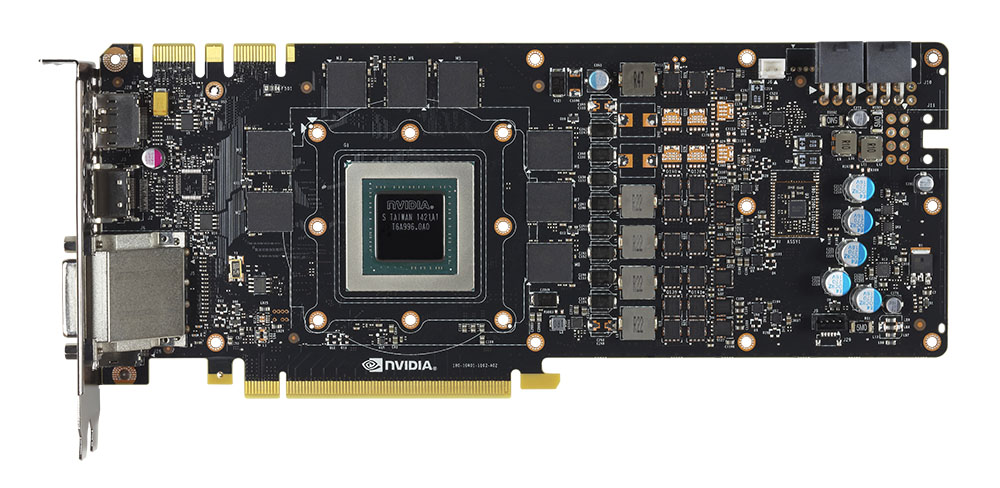
Much has been made of graphics-card memory in recent months, with Nvidia fuelling the debate with current-gen releases.
The GTX 970's 4GB frame buffer wasn't quite what it seemed, the GTX 960's 2GB of memory fed via a 128-bit bus was deemed a limitation on a modern mid-range card, and then there's the GTX Titan X, whose lavish 12GB frame buffer has been described as an excuse to jack the overall price. And AMD's adding a wrinkle to the mix with the upcoming introduction of HBM.
The engineers behind such products might be thinking you just can't win, and it's an interesting topic in more ways than one. Our own benchmarks have shown that few games fully saturate the 4GB buffer on many of today's high-end cards, however future usage scenarios - particularly virtual reality - suggest that memory bandwidth rather than compute capability is going to be the most obvious bottleneck. But will greater amounts of memory truly enable us to do more, or will it contribute to lazy development?
Plenty of food for thought, so let's open up the debate to all our knowledgeable readers. Looking ahead at your next graphics card upgrade, what will you deem to be the minimum amount of onboard memory needed in order for you to make a purchase?
Let us know your thoughts, and your reasons, using the comments facility below.
Have a tech-related question you'd like to see featured as the HEXUS QOTW? Send it over using our contact form and it may well appear! We're always open to ideas, and while we can't promise that all questions will be published, we'd love to hear your suggestions.













